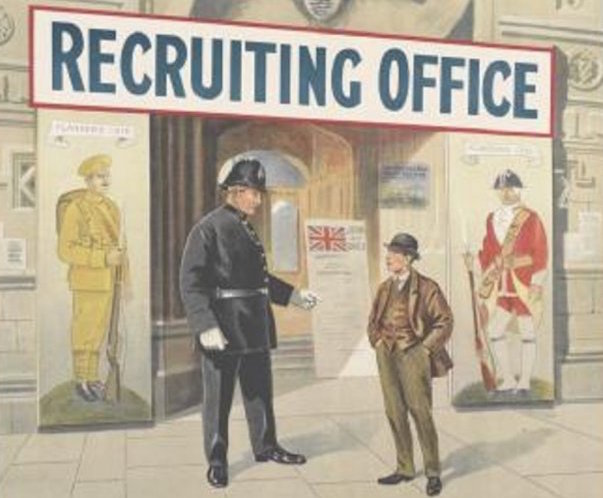The Devil’s Dwarfs
June 4, 2015
At the onset of the First World War the British Army announced that no man under the height of 160cm (5 ft 3 inches) was deemed strong enough to fight and serve their country. As the war dragged into the second year, with enormous loss of life and a growing understanding that this would be no easy win 160cm suddenly became a lot less absolute. The deteriorating circumstances at the front drastically changed the official army standpoint as they asked the famous physiologist Marcus Seymour Pembrey to investigate the virtue of shorter soldiers.
Permbrey soon enough declared that “The short man, in nearly every respect, made a better soldier than his taller comrades” Among the list of positives for the enlistment of small men in the army he suggested that: “The short man has a smaller weight of body to carry and the weight of his clothing and equipment is less; he is lighter upon horse; he does not require so deep a trench, and offers a smaller target to the enemy.” As a direct result the 1st Birkenhead Battalion of the Cheshire Regiment was created, consisting entirely of men that only one year before were deemed too weak to fight. Over 50,000 British and Canadian soldiers signed up. After their personal fight to be allowed to serve their country they arrived ready for battle. In the end the regiment, nicknamed the Devil’s Dwarfs, fought in some of the toughest battles of WWI.